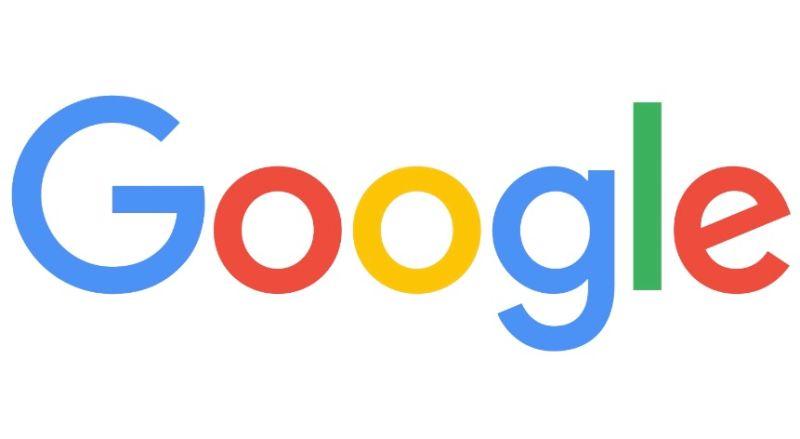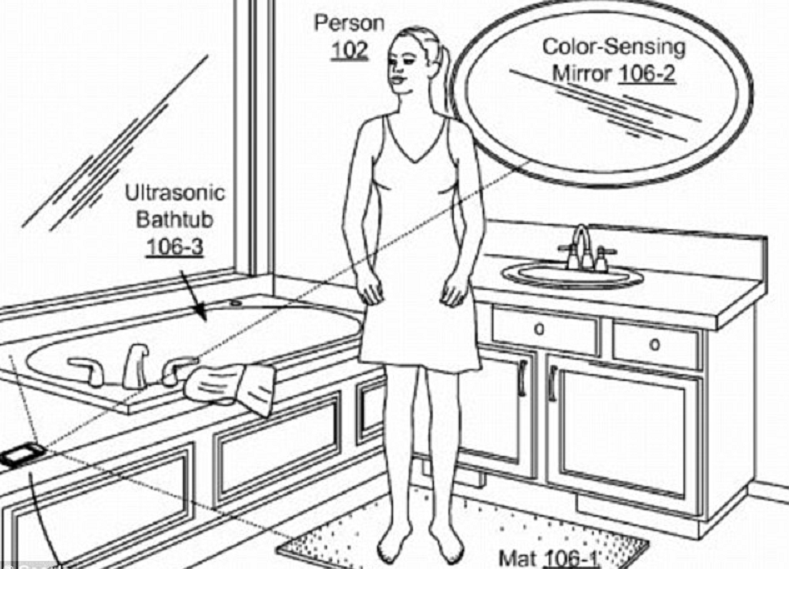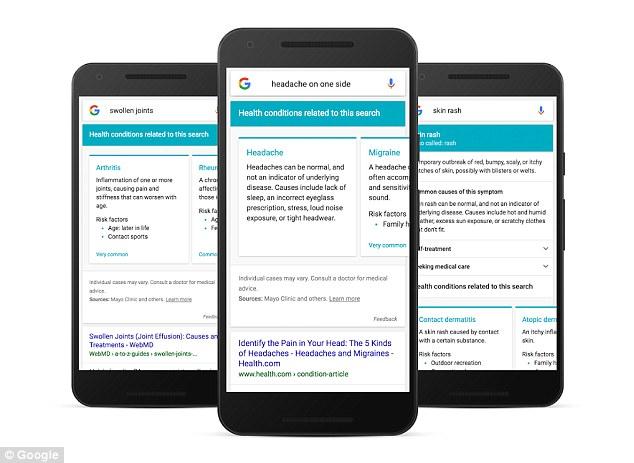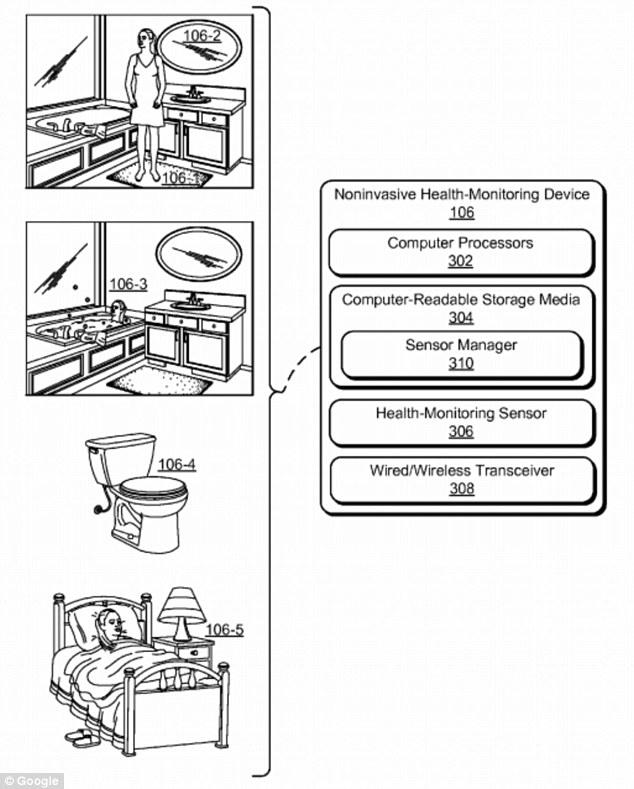From the Toilet to the Tub—Google’s Smart Bathroom Will Evaluate Your Poop & Your Health with 3D Tech
 So much for ignorance is bliss—when it comes to your health, that is. While many of us may wake up in the middle of the night with a strange ache, pain, or, er, intestinal issue, we like to assume that it’s just nothing. In the coming years, however, your own appliances from the bathtub to the toilet may be way up in your business. And hopefully everything they see is good, ’cause if not, you are headed to the doctor’s office where, most likely, they will already know exactly why you are coming in to be seen.
So much for ignorance is bliss—when it comes to your health, that is. While many of us may wake up in the middle of the night with a strange ache, pain, or, er, intestinal issue, we like to assume that it’s just nothing. In the coming years, however, your own appliances from the bathtub to the toilet may be way up in your business. And hopefully everything they see is good, ’cause if not, you are headed to the doctor’s office where, most likely, they will already know exactly why you are coming in to be seen.
We’ve got Google Earth, Google Plus, Google docs, and yes, now: Google Bathrooms. While the concept may at first sound incredibly invasive, it’s actually meant to be exactly the opposite, even with the friendly evaluation of your morning poop. And once you’re finished there, climb on into the tub and get checked out 3D style as your innards are further inspected, measured, and reported on to your specialist, if there is reason to do so.
All centered around good heart health, and making sure you are staying that way, a fleet of futuristic devices would be connected to a server responsible for reading your information, and transferring it to your doctor’s office when necessary. Probably expanding to checking out other physiology as well, from endocrine to skeletal, the patent for ‘Noninvasive Determination of Cardiac Health and Other Functional States and Trends for Human Physiological Systems,’ summarized as offering up ‘various noninvasive health monitors [that] can be used to sense a person’s health,’ was filed in January 2015 and published July 21, 2016.
The patent even offers up the concept for an electrical-sensing mat that evaluates the condition of your arteries.
“[The] Mat may also measure a heart’s electrical conduction system through electrical impulses generated by the polarization and depolarization of cardiac tissue, and then translates this to a wave form,” outlines the patent.
And while you may also think it’s a lot to handle just checking out the condition of your hair in the morning, the Google mirror actually delves much farther, analyzing your skin, and offering up a photo-plethysmogram, which is actually then able to measure your organs. Along with your heart rate, the Google geniuses even want to measure your skin temperature and skeletal movement, using a field device that along with all of these other tools would seem amazing even at a medical facility—not to mention from the privacy of your own home bathroom.
So for all of those who aren’t fans of the yearly physical, you may now be able to look forward to a private one anytime you so desire, without having to make phone calls and wait on hold, take time off from work, and then deal with receptionists, nurses, and doctors for no reason. If there is a reason to see a doctor, quite simply, your last trip to the bathroom will let you know.
Many may be interested in technology such as this as they take on new health and fitness programs centered around cardio, with an easier way to find out how they are doing. Here, no doctor’s appointment is required—all you have to do is to go about your ‘business’ and see how things check out.
The hope is that those who really need it would be interested in instilling something like this in their routines—and not just the super health-conscious who are already engaged in disciplined diet and exercise lifestyles.
“With these trends, a person can know if the effort they are expanding to improve their heart health is actually making a difference,” outlines the patent further. “Further, negative trends can be found that spur people to improve their health or to get medical attention. By so doing, these techniques may reduce mortality.”
And in line with this latest in the future for medical technology, here in the present is too of course the new Google Symptom Search. Undoubtedly this will be wildly popular, with the number of people famously known today for attempting to self-diagnose on the web. Here, once you type in your symptom, self-treatment options are offered as well as further detailed information on a possible condition.
“By doing this, our goal is to help you to navigate and explore health conditions related to your symptoms and quickly get the point where you can do more in-depth research,” Google explained.
While this urge to explore physical issues and diseases online has almost become a bit of a joke as hypochondriacs around the world work themselves up into a dramatic frenzy and often believe they have any number of diseases, Google is taking their service very seriously. And let’s face it—in reality, today this is how many of us figure out what’s going on in terms of a virus or something more serious—figuring out how to treat everything from a toothache to a potential sprain or pulled muscle. The Google team has been working with experts at Harvard Medical School and the Mayo Clinic in Rochester, Minnesota, and the facts are supposed to be coming at you in top-notch form.
Delving even further into the medical world, Google has been involved in a collaboration with GlaxoSmithKline as well. The two companies are working together to market bioelelectronic devices that actually attach to a patient’s nerves and fight illness.
All of these new developments meld with today’s focus on looking toward using new types of technology to lead the future not only in healthcare overall, but also in offering more patient-specific care—something we report on regarding popular topics like 3D printed daily medications, , and the use of so many new innovations and materials for medical implants.
According to Kris Famm, a GSK scientist and new president of the new jointly owned GSK-Alphabet company Galvani Bioelectronics, this technology will make a concrete difference for the future.
“It will really help us hone the intervention,” he said.
“This is almost the epicentre of convergence because the technology is not only helping you to monitor a disease but it is also actually the therapy.”
Here again, feedback in real time is what is going to make the difference, and is ready offered with bioelectronics, as well as the larger picture envisioned in something like the Google bathroom, rich with diagnostics and resources for the individual and the patient, allowing for greater independence and accountability in health in a cumulative and daily basis, rather than a snapshot being taken in one office visit. Is this something you’d like to have in your house? Discuss further in the Google Smart Bathroom forum over at 3DPB.com.
[Source: Daily Mail; Google Patent US20160206244]Subscribe to Our Email Newsletter
Stay up-to-date on all the latest news from the 3D printing industry and receive information and offers from third party vendors.
You May Also Like
Gorilla Sports GE’s First 3D Printed Titanium Cast
How do you help a gorilla with a broken arm? Sounds like the start of a bad joke a zookeeper might tell, but it’s an actual dilemma recently faced by...
Nylon 3D Printed Parts Made More Functional with Coatings & Colors
Parts 3D printed from polyamide (PA, Nylon) 12 using powder bed fusion (PBF) are a mainstay in the additive manufacturing (AM) industry. While post-finishing processes have improved the porosity of...
$25M to Back Sintavia’s Largest Expansion of Metal 3D Printing Capacity Since 2019
Sintavia, the digital manufacturing company specializing in mission-critical parts for strategic sectors, announced a $25 million investment to increase its production capacity, the largest expansion to its operations since 2019....
Velo3D Initiates Public Offering in a Bid to Strengthen Financial Foundations and Drive Future Growth
Velo3D (NYSE: VLD) has been among a number of publicly traded 3D printing firms that have attempted to weather the current macroeconomic climate. After posting a challenging financial report for 2023,...



































